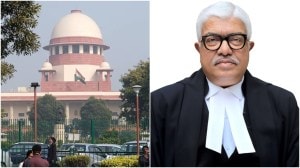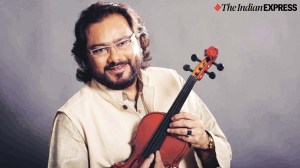A League of Its Own
Even lalit Modi,the architect of the Indian Premier League,would not have imagined that the enterprise would become such a spectacular success within a year of its launch in 2008.
Even lalit Modi,the architect of the Indian Premier League,would not have imagined that the enterprise would become such a spectacular success within a year of its launch in 2008.
IPL was launched at a time when cricket fans interest in Test cricket and one-dayers was waning. Television viewership had grown tremendously,and anxious advertisers wanted to catch up with the growth. All one needed at that time was a platform that could tap both opportunities, says Dr Arvind Sahay,professor,marketing,IIM,Ahmedabad. And then,came IPL. Even before its launch,IPL had created a lot of buzz,thanks to the deals it struck with broadcasters,sponsors,advertisers,players and entrepreneurs who bid and bought the eight franchises. Yet,IPLs success took everyone,even the organisers,by surprise, he says.
On being asked what factors were crucial for the leagues success,IPLs CEO Sundar Raman had told this writer just before the debut of the tournament in April 2008,that a serious,good-quality and competitive game was all that was required to establish the IPL. The big-league entrepreneurs who bought the teams for millions of dollars,the astounding prices at which the players were bought at auctions,the never-heard-of deals struck with broadcasters and sponsors,and not to forget,the cheerleaders all these factors built the buzz crucial for a products success in a cluttered media and marketing environment.
But IPLs true success really lay in the cricketing experience it provided to its fans. It was a treat to see the worlds top 100 cricketing heroes thrash it out on one ground, says Shripad Nadkarni,director,MarketGate Consulting,a marketing consultancy. Seeing Sachin Tendulkar lock horns with Sourav Ganguly was a novel experience. The 20-over format,the well-played games and a nail-biting finish to the finals made watching IPL a euphoric experience for most viewers, he says.
With the first P of marketing product in place,IPL managers took care to fix the other Ps positioning,promotions and pricing as well. IPL was positioned as a sports-cum-entertainment extravaganza. It was not just another cricket event. That helped expand its target audience beyond traditional cricket lovers and included young consumers who were finding sitting through 50-over matches tiresome. The unique mix of Bollywood,the other great unifier in the Indian market,with song-and-dance performances at the time of inauguration,and the presence of popular actors on the ground was a big draw.
As for the promotions,the IPL management,along with broadcaster Multi Screen Media (MSM),which had exclusive broadcast rights to the event,bombarded TV screens,strategic outdoor locations in all the cities where the matches were to be held and radio stations with announcements of its launch. But a lot of buzz had already been created by the media that found stories of Mukesh Ambani,Vijay Mallya,Shah Rukh Khan and others betting over a billion dollars on an untested product,or MSM paying more than $1.6 billion for 10-year broadcast rights,too tempting to ignore.
When the first edition of IPL concluded,heres how the entire tamasha stacked up: IPL had contracted revenues in the excess of Rs 10,000 crore,and its valuation had been pegged at $4.13 billion (about Rs 19,000 crore then) by Brand Finance,a brand consultancy. As for its balance sheet,in the first year,IPL generated Rs 661 crore in revenues,and around Rs 217 crore in gross profit,out of which Rs 202 crore were disbursed among state associations of the BCCI.





- 01
- 02
- 03
- 04
- 05


























